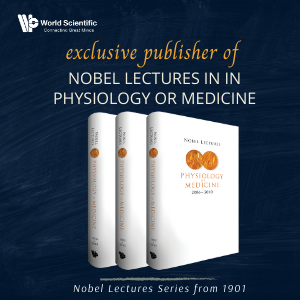System Upgrade on Tue, May 28th, 2024 at 2am (EDT)
Existing users will be able to log into the site and access content. However, E-commerce and registration of new users may not be available for up to 12 hours.For online purchase, please visit us again. Contact us at customercare@wspc.com for any enquiries.
Imagining the Elephant is a biography of Allan MacLeod Cormack, a physicist who was awarded the Nobel Prize for Medicine in 1979 for his pioneering contributions to the development of the computer-assisted tomography (CAT) scanner, an honor he shared with Godfrey Hounsfield. A modest genius who was also a dedicated family man, the book is a celebration of Cormack's life and work. It begins with his ancestral roots in the far north of Scotland, and then chronicles his birth and early years in South Africa, his education at the University of Cape Town (UCT) and Cambridge University, and his subsequent academic appointments at UCT and Tufts University in Boston, USA. It details his discovery of the problem at Cape Town in 1956, traces his scientific footsteps all the way to Stockholm in December 1979, and then extends the odyssey to his pursuits beyond the Nobel Prize.
Sample Chapter(s)
Foreword (94 KB)
Chapter 1: From John O'Groats to Jo'burg (6,280 KB)
Contents:
- From John O'Groats to Jo'burg
- On the Slopes of Table Mountain
- Physics and Friends at Cambridge
- Return to the Fairest Cape
- A New Beginning in Boston
- Finding Radon and His Transform
- On the Road to Stockholm
- Citizen of the World
- At Home in Massachusetts
- Appendices:
- Allan Cormack's Publications
- Nobel Lecture
- Presentation of Nobel Prize
- Man and Science in the 21st Century
- A Teenager's Odyssey
Readership: Anyone with a university or even a science-based high school education; scientifically informed readers without specialist knowledge in the topic of the book, but who wish to understand how one particular scientist pursued his career.

























